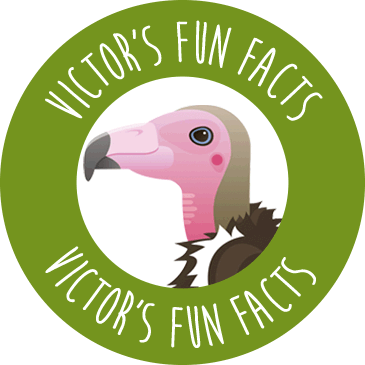Habitat Surveys
Bring out the inner nature detective to find out what’s really out there!
Pupils will get stuck into this activity by exploring pond and meadow habitats at the Trust and get up close with magnifying glasses to develop their investigative skills. They’ll then record their findings by using species ID and recording sheets.
These sessions can be split into three different sessions and, for larger groups, we can organise pond and meadow sessions to run simultaneously.
- Pond Survey – Pupils will be able to identify species of insect and invertebrates found in and around our nature pond, looking at how the species we find can be grouped with other species through similarities. They’ll also discover and investigate the life cycles of some of our more commonly discovered pond species. Handouts including tally sheets and ID images of the species can be kept and used back at school for drawing some of the interesting creatures discovered.
- Wildflower Meadow Survey – Wildflower meadows are currently among the rarest and most endangered habitats on the planet and we are lucky to have our own seven acre chalk downland wildflower meadow within the grounds of the Trust. Monitoring everything that lives, grows in or uses the meadow is essential and very interesting. Pupils can get involved with meadow surveying and, using their ID sheets, they’ll identify plants, insects and even butterfly species in this habitat. They’ll also explore the reproduction, growth and nutrition processes used by wild flowers and other wild plants.
- Beekeepers – During our beekeeper session pupils get the opportunity to meet our resident beekeepers for a short talk about how wildflower honey is produced by a collection of very busy bees! They will learn all about how the colony of bees is looked after, how the hives are maintained and what weather conditions they need to be successful. Pupils will even get to sample the result of the bees’ hard work and taste the difference between wildflower honey and other types of honey.
Key subject:
Science
Subject links to:
Geography, ICT, Art
Adaptable for:
Key Stage 1 – Key Stage 4
Objectives:
- Investigate a variety of natural habitats.
- Observe, identify and record species of plant, flower, invertebrates, insects and other animals using identification keys.
- Discuss life cycles within these habitats including micro habitats and identify how living things depend on each other.
- Demonstrate awareness to needs of animals, making sure animals are returned safely to their environment after study.
Curriculum links:
- Observe closely using simple equipment.
- Gathering and recording data to help in answering questions.
- Identify and name a variety of common wild and garden plants including deciduous and evergreen trees.
- Identify and name a variety of plants and animals in their habitats including micro habitats.
- Describe the differences in the life cycles of a mammal, an amphibian and a bird.
- Describe the life processes of reproduction in some plants and animals.
- Describe how living things are classified into broad groups according to common observable characteristics and based on similarities and differences, including microorganisms, plants and animals.
- Give reasons for classifying plants and animals based on specific characteristics.
Running time:
30-40 minutes per session with a maximum group size of 15 pupils
Enquire today
If you are interested in finding out more or booking one of our on-site school workshops, please get in touch using the below form.

